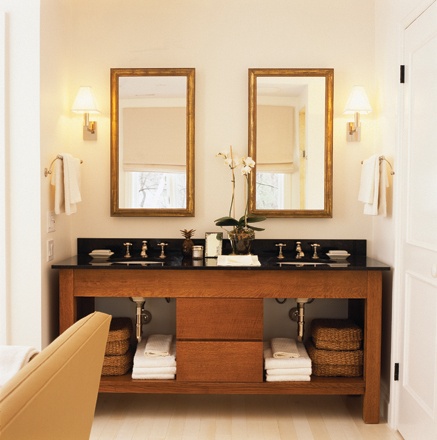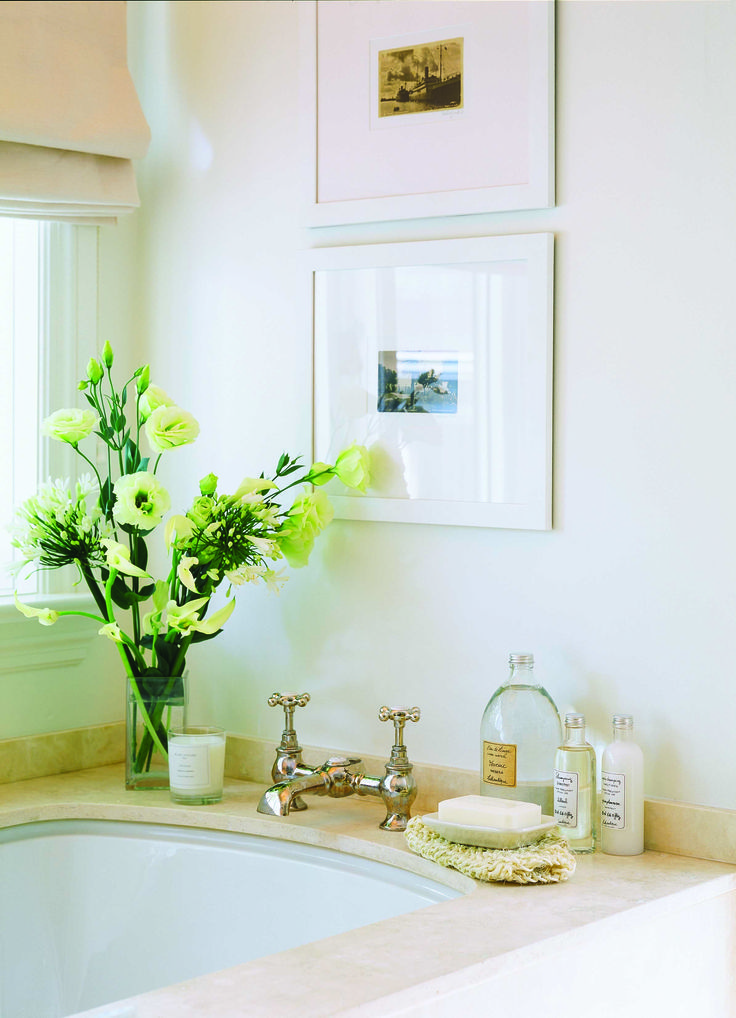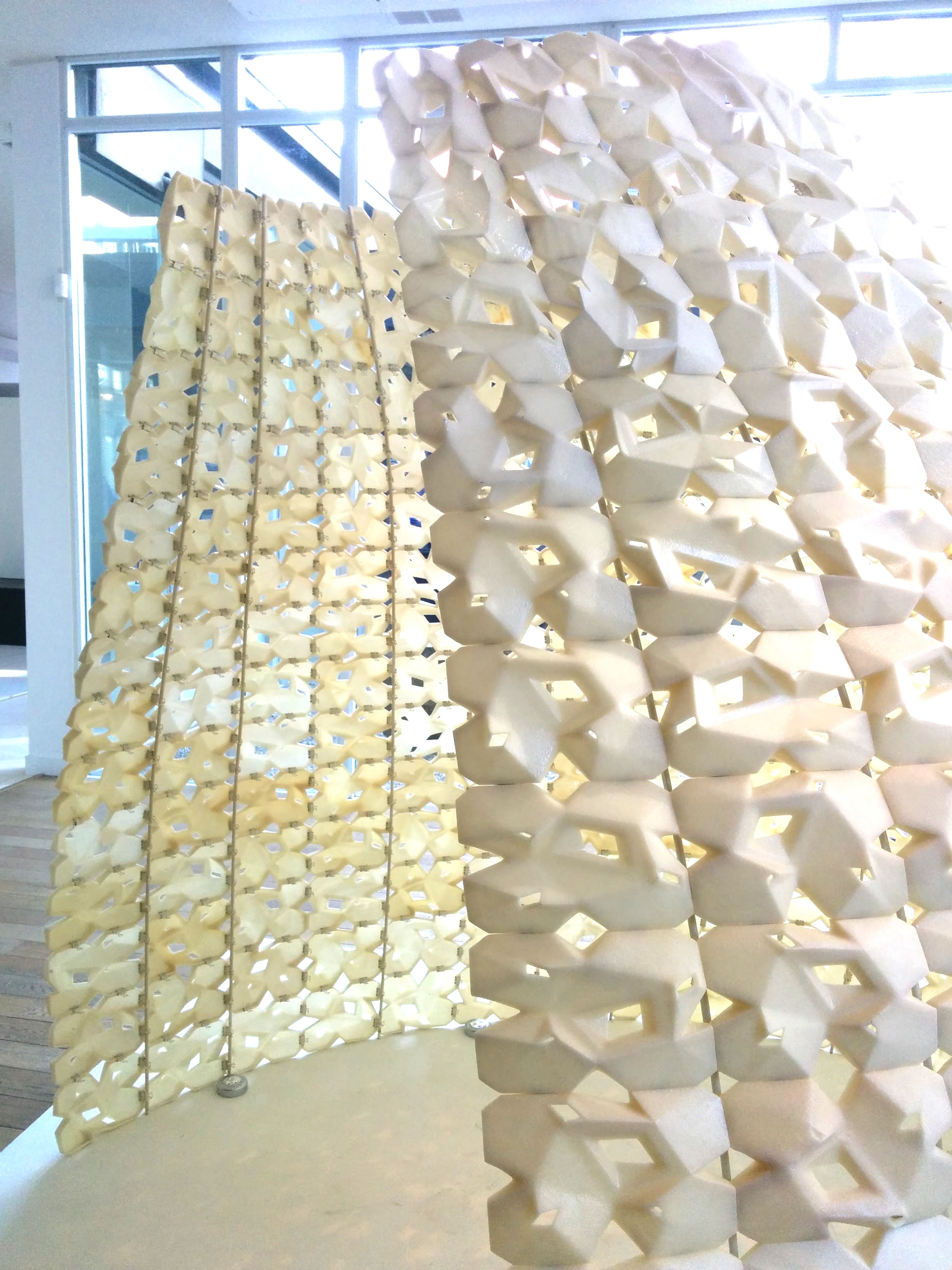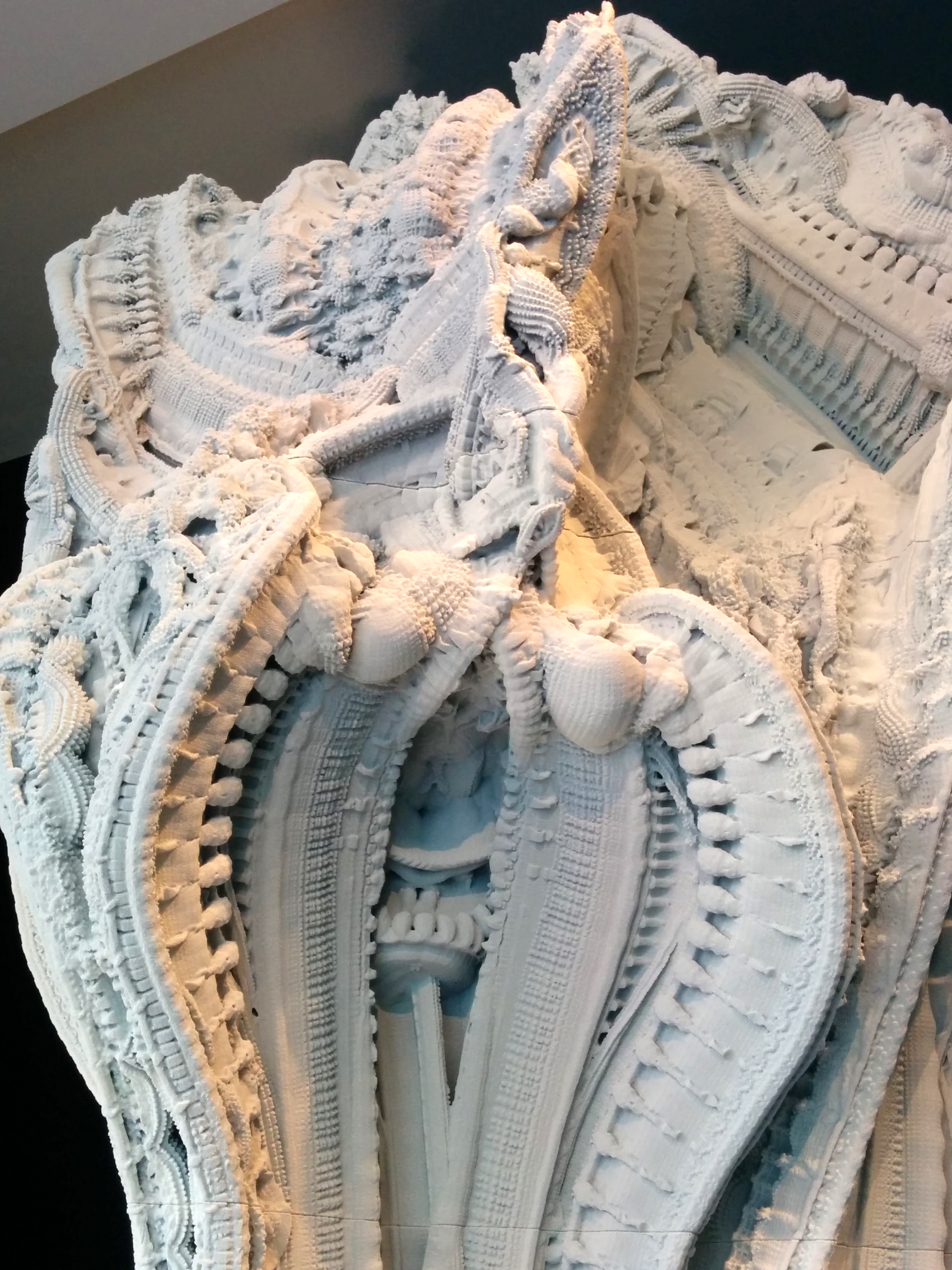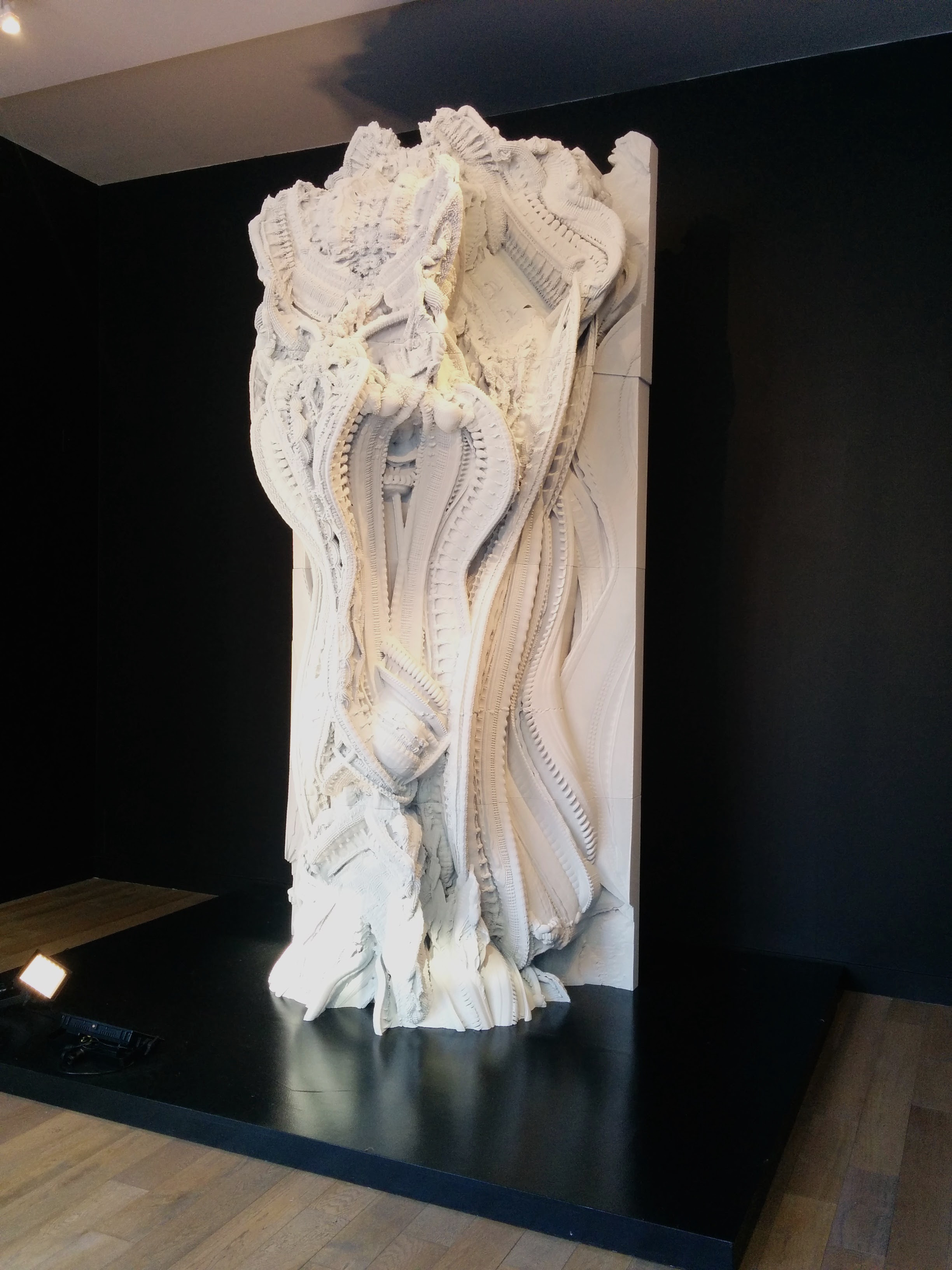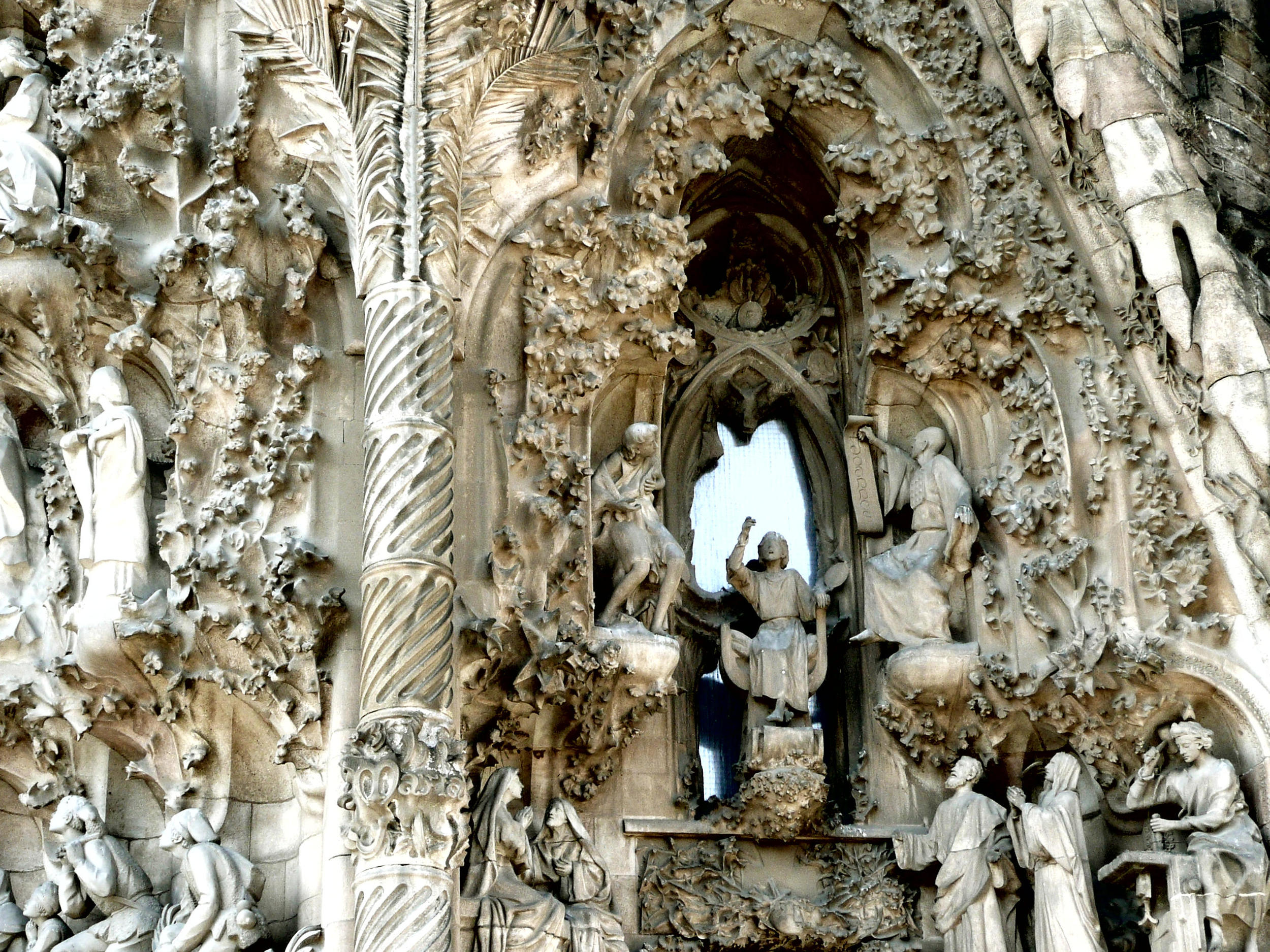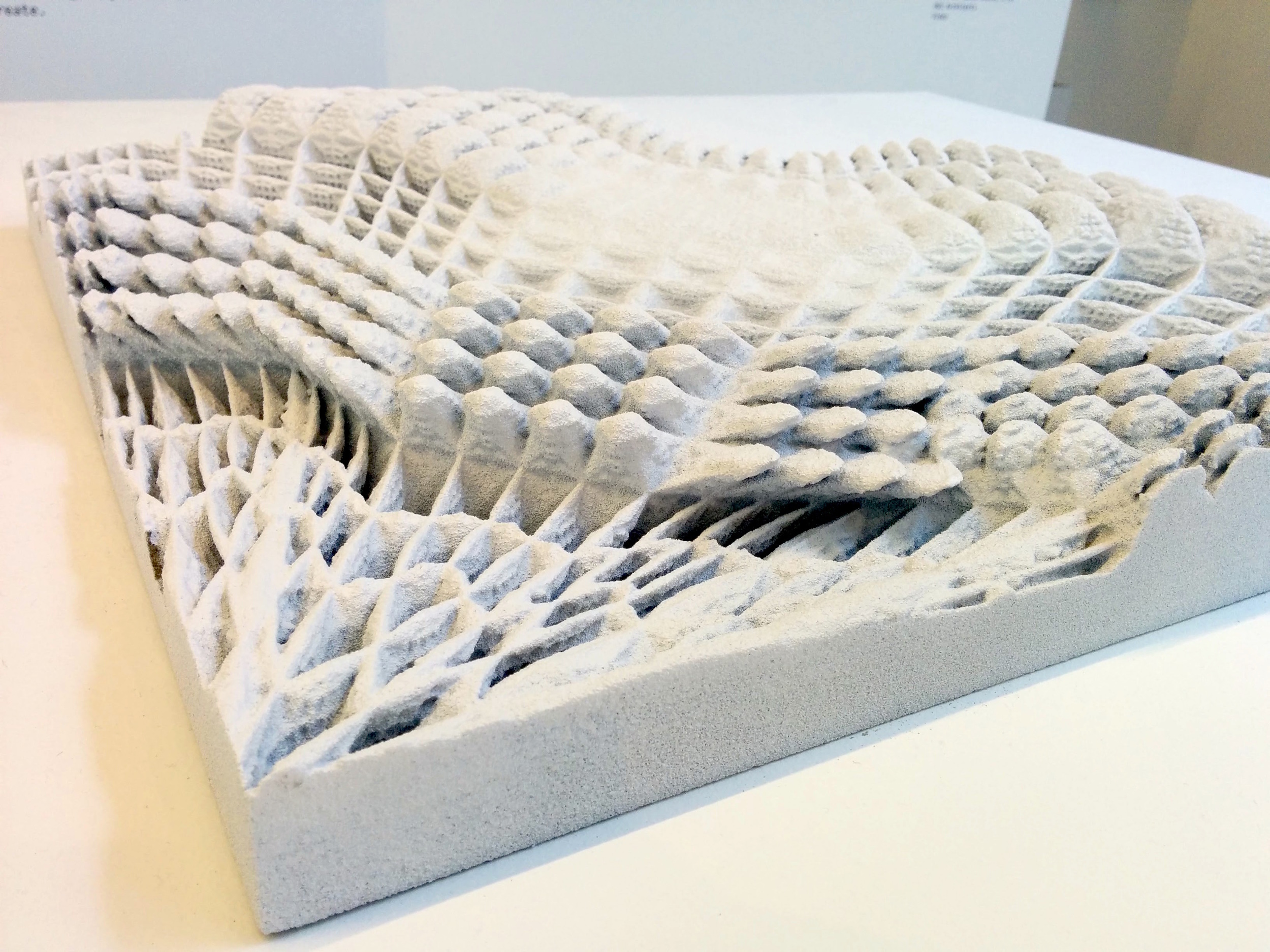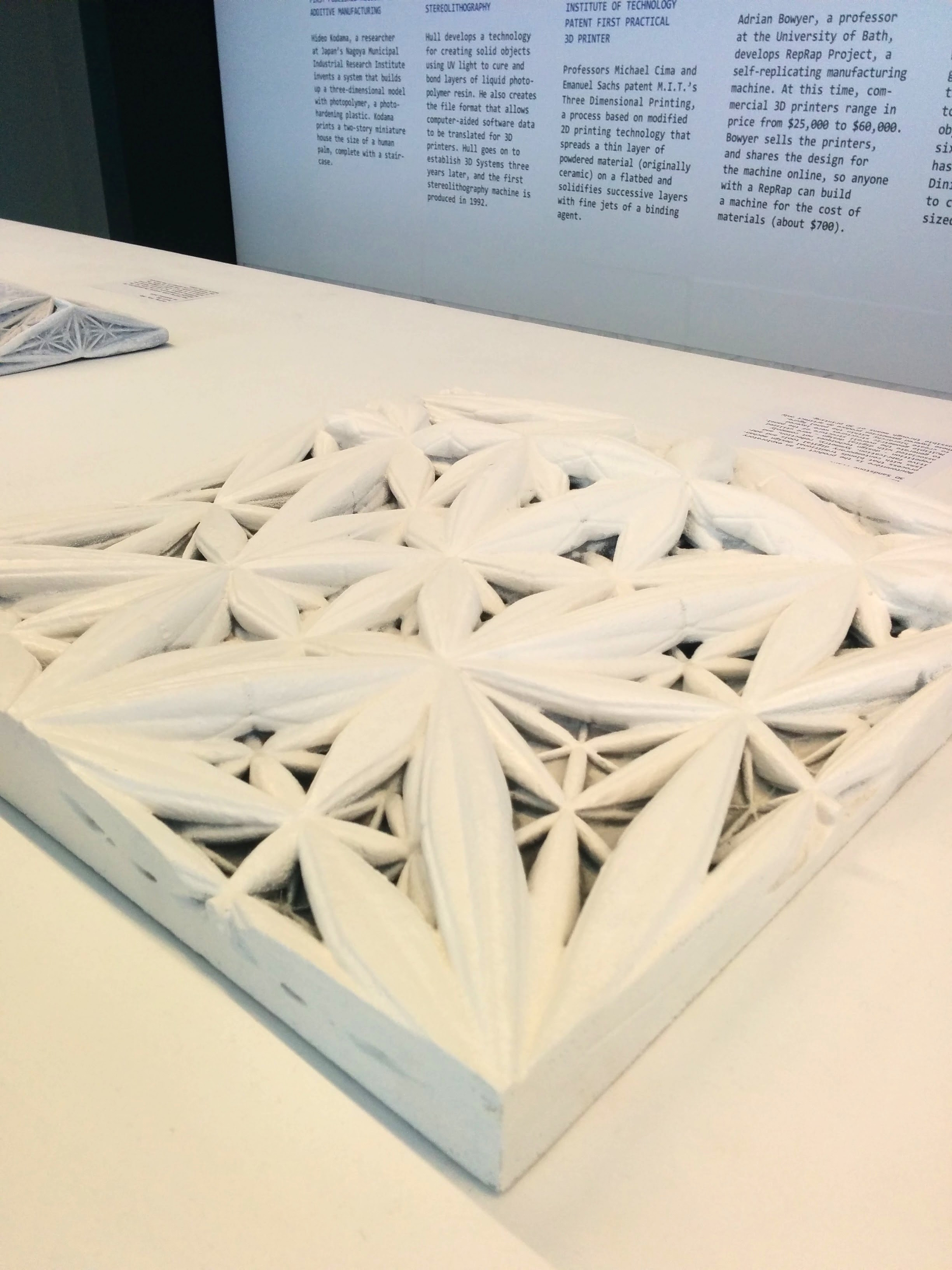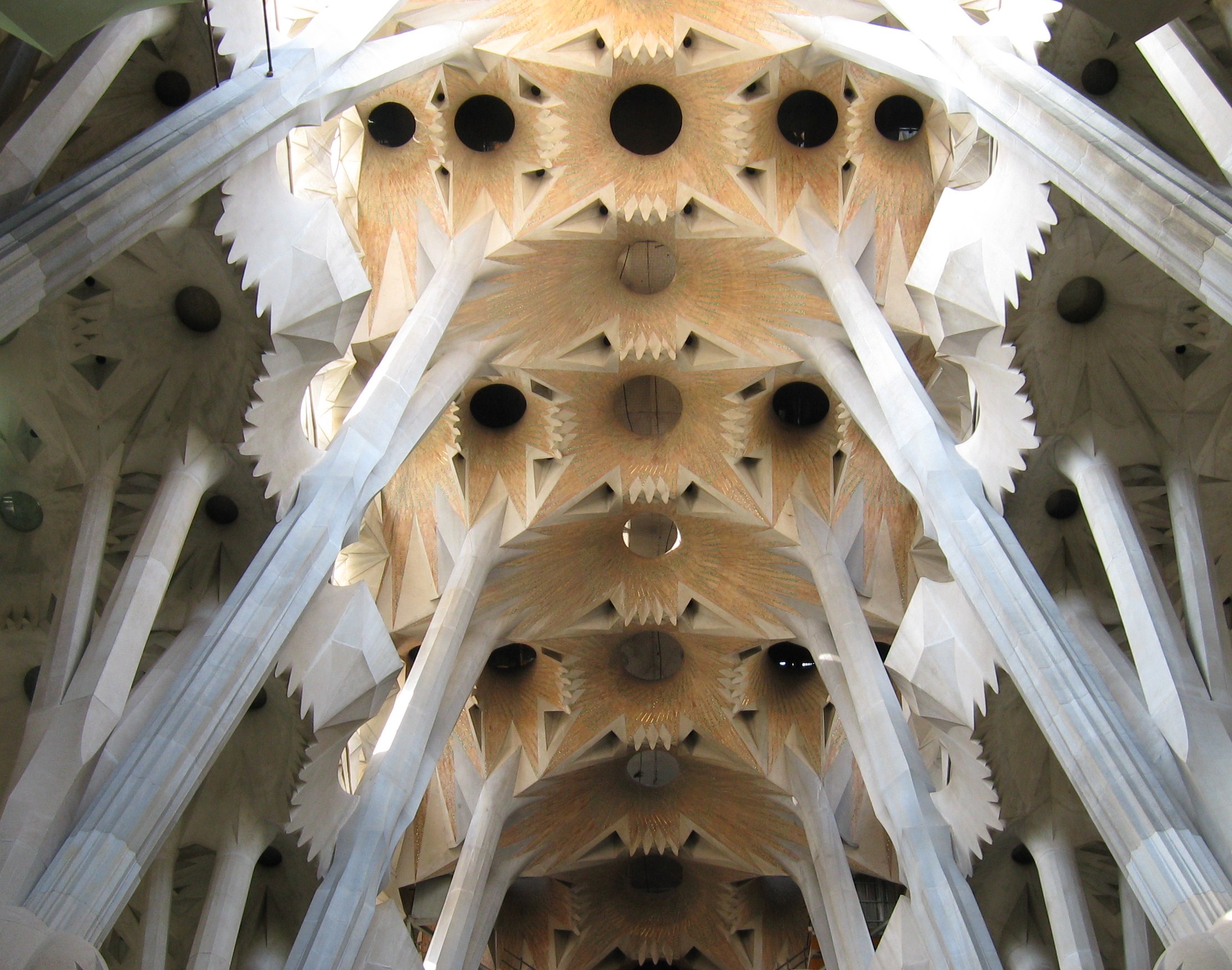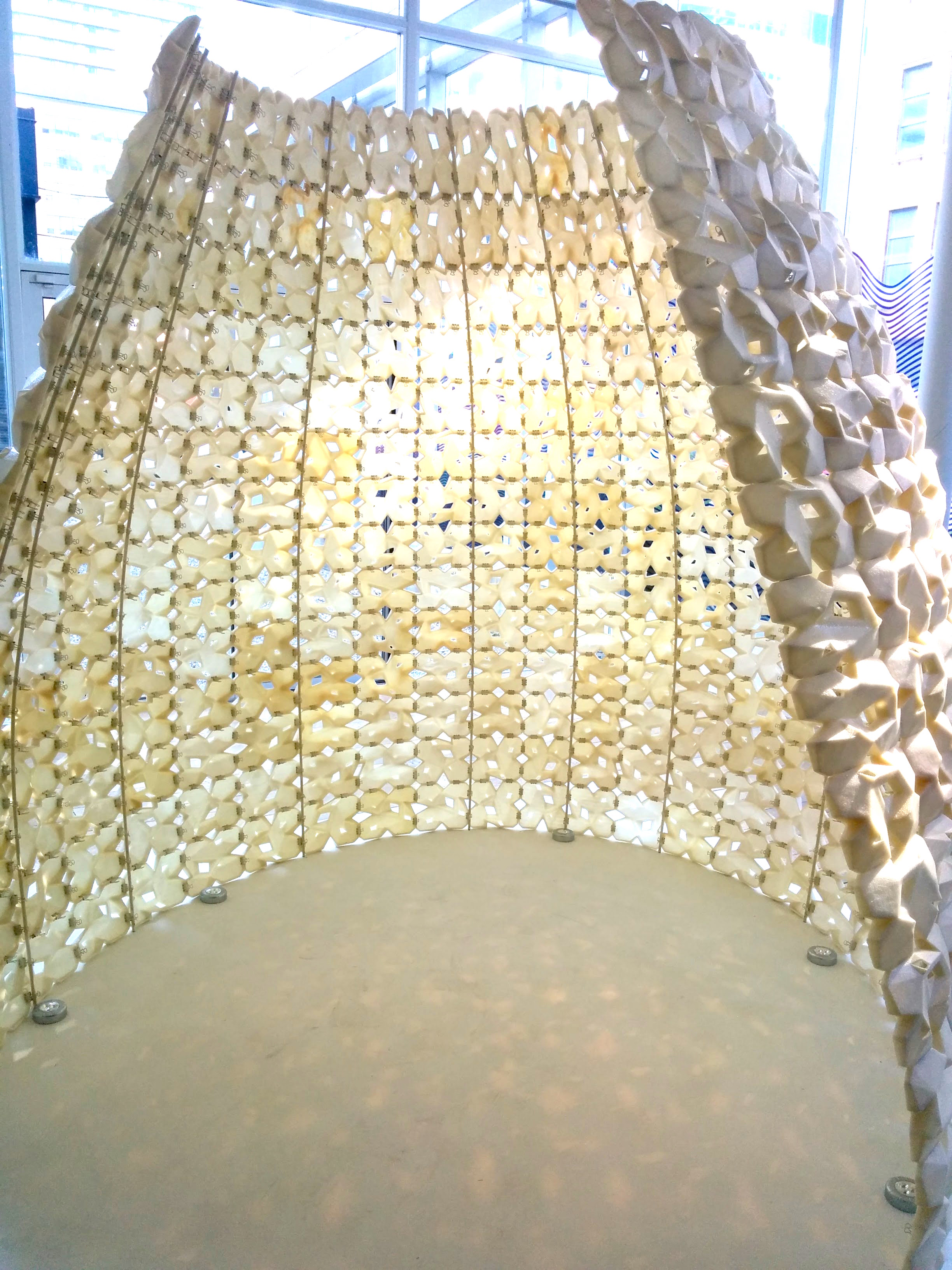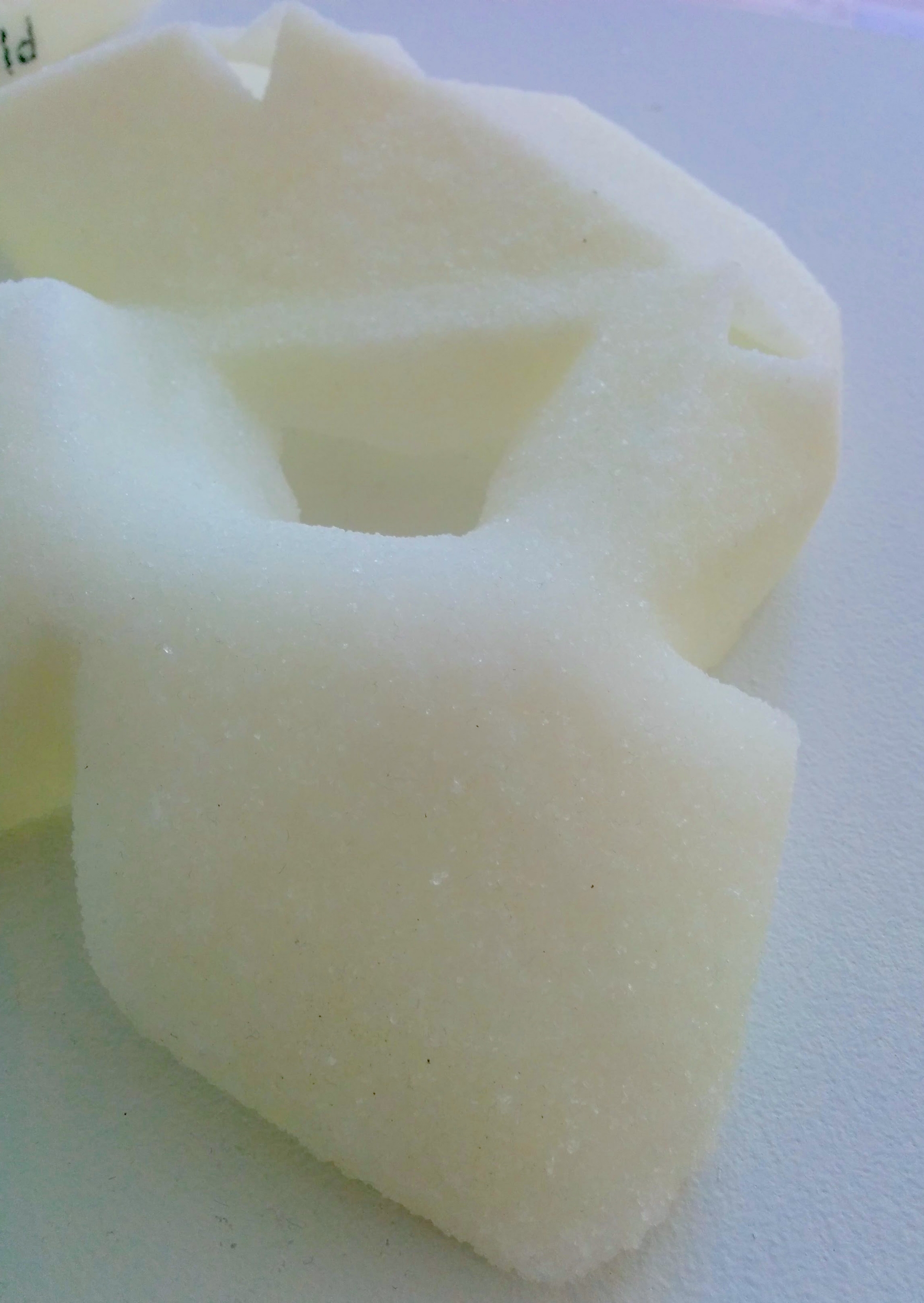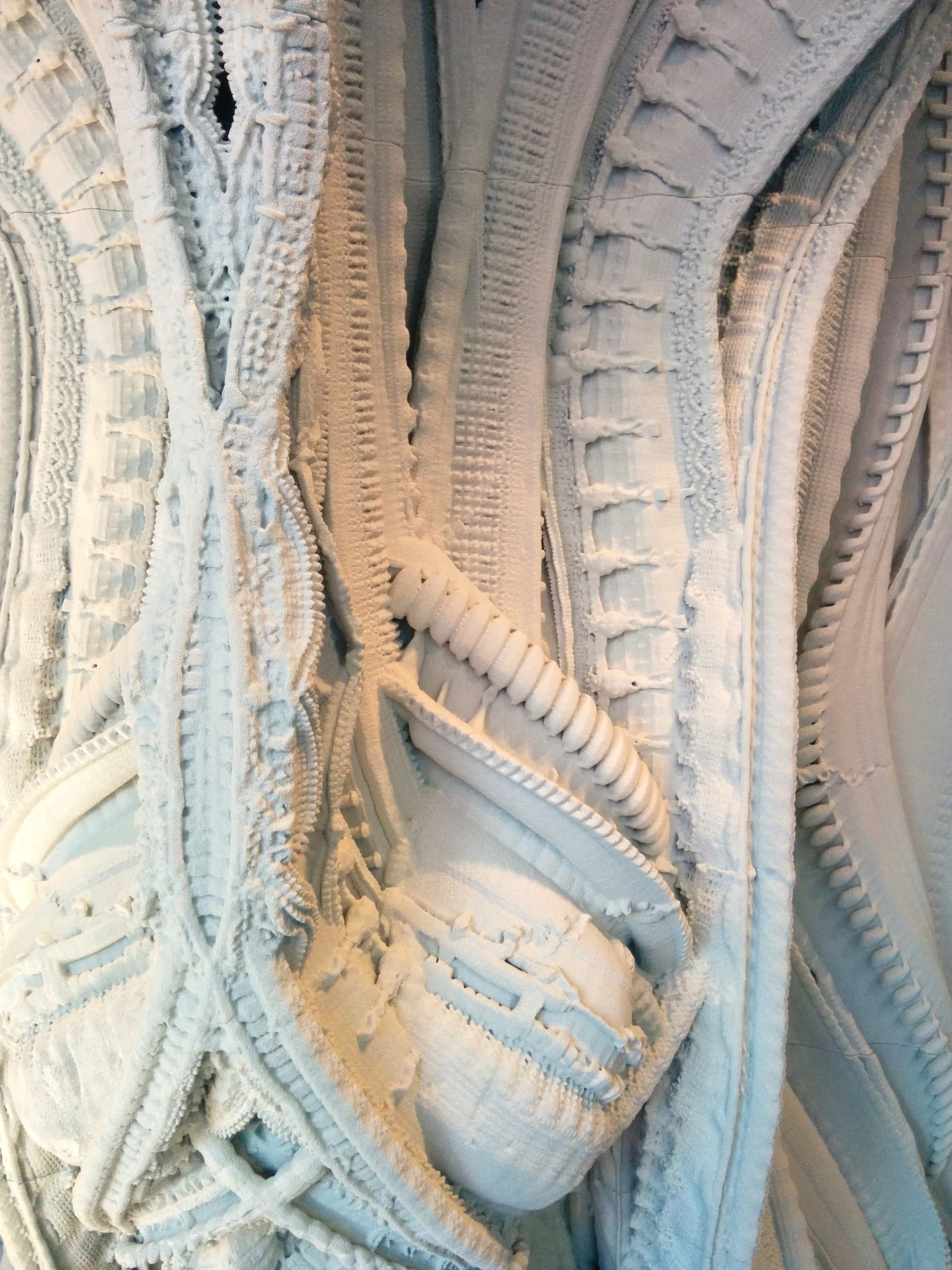October 23, 2015
I love antique, vintage and unique objects and I am continually inspired by them which is why you will find them throughout the Casey Design Office. For me they are important because I love the connection to times past and I love the fun of rummaging through flea markets for hidden gems. Check out these items from my design studio.
These are vintage "Casey Design" printer wood blocks, probably from the turn of the century.
One of the numerous collections of object d'art.
This vintage purse is from 1920.
All types of vintage clocks . . .
A Deco era tea pot set.
This vintage lamp is a rare find and definitely an eye-catcher because of it’s unique form.
More vintage clocks and a frame.
Make sure the next time you are in our office to check out the vintage measuring tape - a gift from a special client who found it on her own flea market adventures.































